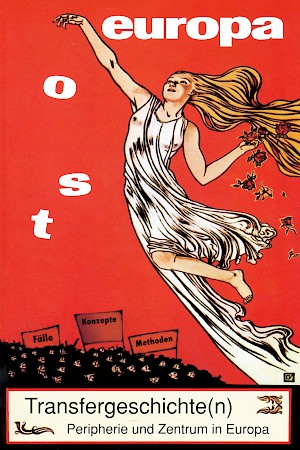Obliterated and Refurbished
Russian Harbin’s Architectural Heritage
Deutsche Fassung
Abstract
The city of Harbin, located on the East China Railroad, was once a symbol of the Russian Empire’s expansion to the Far East. In the 1920s, the city – which was known as the Paris of the East due to its architecture – developed into a centre of Russian emigration. The occupation of Manchuria by Japan and the region’s incorporation into the People’s Republic of China brought an end to Russian Harbin. From the 1950s to the 1970s, Harbin became a typical Chinese industrial city. After decades of decline, the historical heart of Harbin has been undergoing a renaissance since the 1990s. But the maintenance of the architectural ensemble serves primarily the tourism industry’s interests. Imitations and kitsch dominate.
(Osteuropa 3/2008, pp. 65–84)



